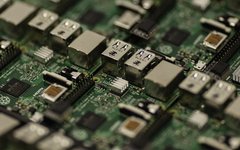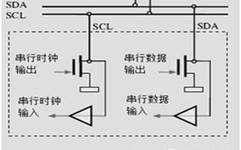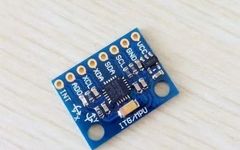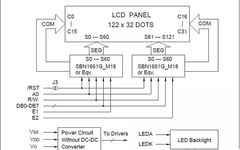Common I/O Ports of MCUs and Their Differences
When it comes to microcontrollers (MCUs), the first thing that comes to mind is that they have many input/output (I/O) ports, which can be difficult to distinguish. As the core of embedded systems, they can communicate with external devices or sensors. However, the presence of I/O ports often makes learning challenging for many people. This … Read more







